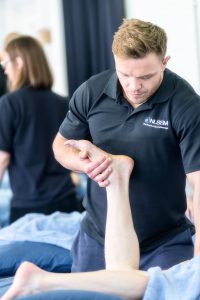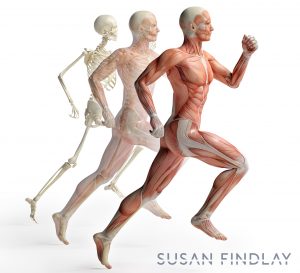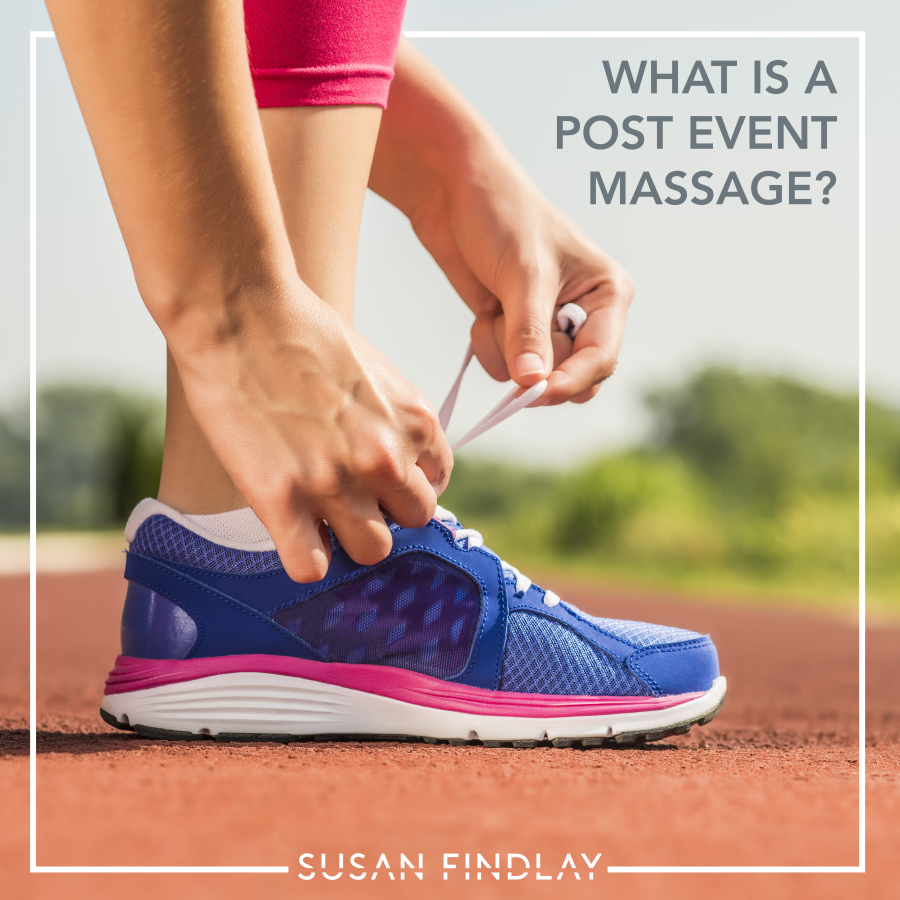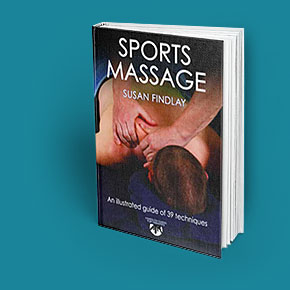What is a post event massage and what do you need to know in order to deliver the most effective ‘treatment’? Is it a straight forward flush? Do you treat any injuries? What techniques should you use? Is it all about getting in there and ‘stripping the muscles’? These are some of the questions I get asked when students are looking to do their first event but also seasoned therapists who want to know how to modify their sessions in order to deliver an appropriate and effective post event massage.
Your first consideration is what type of event is it? There are significant differences between a client who has just run a marathon and someone who has participated in a swimming competition. Energy expenditure is one consideration, marathon running is an endurance event whereas a swimming competition might only involve a few heats. The physiological stress is greater in marathon running and when they come to you their energy stores have been depleted. Soft tissue recovery therefore, for endurance sports requires modifications that take this into consideration. Hence, I worry when someone says to me that they have been taught that they need to ‘strip the muscles’ in post event work. This is unkind and lacks sensitivity to the condition of the connective tissue and probably not the best way to deliver an optimum recovery session.
Techniques should always enhance the recovery, not put a further demand on the tissue to recover from the massage. Post event work is not the time to employ deep strong techniques like friction or vigorous tapotement, instead your focus should be to calm and encourage the muscles to return to pre-event state. I get very excited when I hear therapists like Robert Schleip Ph.D., (Fascia in Sport and Movement, great book, worth having in your library) who is a respected researcher in the field of fascia, state that a softer more mindful approach is more effective in any given situation. So how do we determine what techniques we should use and their modifications.
 Before you make any decisions about which techniques to use, start with your palpation skills, get a sense of the physiological condition of the soft tissue, trust your hands to give you the necessary feedback before deciding. If your client is a novice marathon runner, this being their first one, typically they are doing this in the aid of raising funds for their favorite charity, and it is common for this to be something completely out of the ordinary for them, hence, the condition of the tissue will most likely be very different than if you work with someone who has trained as an elite athlete.
Before you make any decisions about which techniques to use, start with your palpation skills, get a sense of the physiological condition of the soft tissue, trust your hands to give you the necessary feedback before deciding. If your client is a novice marathon runner, this being their first one, typically they are doing this in the aid of raising funds for their favorite charity, and it is common for this to be something completely out of the ordinary for them, hence, the condition of the tissue will most likely be very different than if you work with someone who has trained as an elite athlete.
Also, have you considered whether this is their first massage, ever? I know, you would think that anyone who is running a marathon or performing high level sport would have included massage as part of their training, not so, even with todays level of awareness about what makes a more effective training regime, you will still come across those who do not employ massage as part of it. If this is the case, your approach will need to be significantly tempered using slower and lighter movements.
Injuries are not uncommon, especially with novice marathon runners, you will come across things like strains, sprains, contusions, stress fractures, spasms, cramps, the effects of dehydration and low fuel levels. If you go in too heavy-handed you could exacerbate these conditions i.e. stress fractures. A tell tale sign that a stress fracture is present is their reaction to your touch, it will include intense sharp pain, hence, it is important to get the lay of the land first or you could be the reason for a more serious injury. With cramps or spasms you can sometimes see the tissue moving, other times you can feel it. If you have never witnessed someone experiencing a spasm or cramp have a look on You Tube, you can find an example of a muscle twitching, it includes an ultrasound that compares an irritated calf muscle to a normal one. It is a good example if you have never seen it in action. https://www.youtube.com/watch?v=sqWl61tnsIQ

If a participant comes to you with an apparent injury, you should follow the acute injury protocols that you have been taught, which predominantly focuses on interventions that exclude hands on work. If you have been working and travelling with a team and are very familiar with their needs as a post recovery therapist, your approach might be quite different, it might include more advanced soft tissue interventions that would help to either stabilize, adjust and reset functional movement but it is technically not the same as post event work. Recovery sessions are in great demand for sports massage therapists especially during seasonal work for local sports teams and clubs that take place outdoors i.e. rugby, football, tennis, running etc. It is certainly worth checking out, especially if one of these sports really interests you, it is a great way to network and get your foot in the door.
In summary even before you start, it is necessary to understand the type of event they’ve participated in, the state of their tissue health, if they have any injuries and what their training experience has been including massage, now let us move onto the actual massage.
Rule of thumb, less is more, honestly, the body is very smart, this idea that we are the ‘healers’ discredits the tissues ability to do the job it has spent centuries fine-tuning through an evolutionary process. We have a role to play, absolutely, but once we understand what that role is, the greater the opportunity we have to assist and support its’ return to a healthier state. Avoid over treating, this is also not the best time to ‘fix ‘a client, post event work often only requires us to help relax the client psychologically and physiologically, the tissue will take it from there and continue the recovery process. Consider yourself the assistant, the person who unlocks the door in the morning, opens the window, turns on the lights, sets things in motion so the teacher can take over and do their job with greater ease.
Following on from the ‘less is more’ principle another consideration is what if they’re in the midst of performing a series of events, i.e. doing the 3 Peaks Challenge for the first time, cycling across America, or going from country to country as a professional tennis player? All of these conditions are different but the same, in that our approach is about respecting the conditions that your client presents with and making the appropriate adjustments such that your work is supportive rather than putting another strain on the body. Massage is very beneficial but too vigorous and it could also rob them of their energy lowering their performance, you want them to come back with compliments like “that was the quickest and most effective recovery I have ever had”, “amazing no aches and pains”, “I feel like I can do it again”.
The techniques I usually rely on include very basic ones such as effleurage, pettrisage, compression, vibration, rocking, distraction, stretching, MET and Transverse STR. All of these are modified, nothing is vigorous, it tends to be more rhythmical, and when I ‘melt’ in to the tissue it is with a mindful intent and slower.
Something we haven’t talked about yet are the conditions in which you might find yourself working, not all glamorous. At times I have found myself working in the most miserable conditions, rain slating down, cold wind, even snow, under an open tent, this all adds to the memories that build a strong character, that said, you need to come prepared for all conditions. Some of the extra things I have brought include a supply of warming blankets, a hot flask of sweet tea, extra pairs of dry socks, even a tuck. Anything that you think might make your clients more comfortable, of course the extras are dependent on the season but let me tell you, you will make a lot of friends this way and people will remember you for your kind thoughtfulness.
Even though sports massage is known for being a deeper, more invigorating form of soft tissue work, it does not need to be, it is important we taper our sessions to meet the needs of the client. It is time that we break the old mold that it must be painful to be good, brutal force under these circumstances will not achieve the best outcome.

